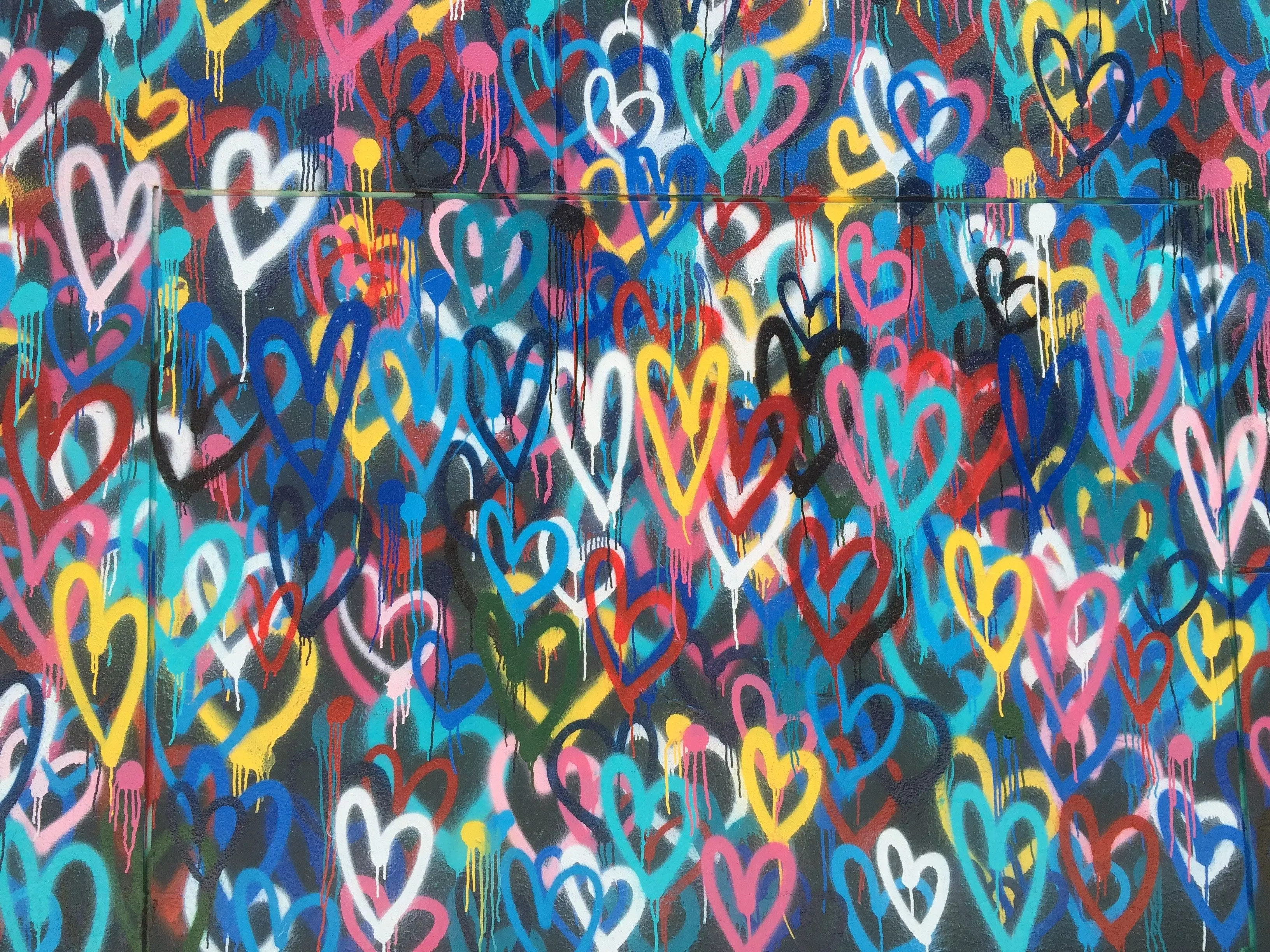Winter, spring, summer, and fall… We all know how the song goes and how it makes us feel, but do you know what else the seasons give us? Beautiful, mesmerizing colors that brighten up our lives. From blue skies, autumn leaves, and snow-capped mountains, colors excite us and evoke emotions beyond reason. It has powerful abilities to shape our moods and desires.
Have you ever noticed that a lot of fast food restaurants like McDonald’s, Burger King, and In-N-Out use similar color palettes? It’s because yellow is a color that makes us hungry, and when paired with the color red, a color which elicits emotion, sends signals to our brains that we’re really, really hungry. So cool, right?
With that said, if you own a business and are trying to widen your brand’s reach, learning how to use color to your advantage is an amazing start to moving forward. Color is powerful, and studies have shown how it can boost brand recognition. While selecting unique hues would help your business stand out from its competitors, colors that represent you can elevate your brand’s recognition by up to 80%.
So, to help you decide on your new color scheme, we created this guide for you to get a better overview of how color theory can improve your brand.

What is Color Theory?
Knowing that color affects people is essential to developing or redesigning your brand image. So, in a nutshell, color theory is a term used to describe the study of color, its rules and guidelines, and how it appeals to people as both individuals and consumers.
When deciding what palette to use, understanding cultural differences is crucial to incorporating color to brand image because to some communities’ different color may possibly mean something completely different. For example, white is the color or mourning in some Asian countries, but in many western cultures black is the symbol of sadness.
The Psychology of Color
As discussed earlier, different colors elicit a particular emotion. Getting a good grasp of the psychology of color is important so you can create a visually striking brand that tells your business’ story. Learning color theory is key to finding a balance to your branding. To create a harmonious color scheme, knowing the answer to the question “Who is my target audience?” is an important starting point. Let’s take the color blue as an example. A darker shade of blue, as Smashing Magazine suggests, is great for corporate sites as it signifies strength and dependability.
Warm Colors
These are excitable, passionate colors. Warm colors are red, orange, and yellow. These colors conjure appetite, positivity, and vigor. Use warm colors if you’re reflecting a passionate, enthusiastic image.
Cool Colors
On the other hand, cool colors such as green, blue, and purple, are colors that stimulate feelings of relaxation and calmness. Using cool colors for businesses generates a more professional look and is typically linked to success and stability.
Color Harmony
Colors can be mixed and matched in many ways to achieve the best combination perfect for your branding.
- Complementary – This color harmony refers to the colors that are opposite of each other on the color wheel. This combination creates a wonderful color explosion. It’s bold and catches attention quickly.
- Monochromatic – As the name suggests, this harmony uses one hue. If you want your brand to appear elegant and sophisticated, using this palette is the way to go. It’s easy and restful to your target audiences’ eyes.
- Analogous – This palette means combining colors that are close to each other on the color wheel. It’s a colorful, yet subtle palette that is soothing and works well together because it has similar hints of color.
Have you thought about your brand’s colors and how it connects with your target audience? What color schemes have worked for you? Share your favorite color palette.
Need to bring color back into your brand so you can stand out from your competitors? Shoot us a message, and let’s talk color!













Leave a Comment
Comments (0)